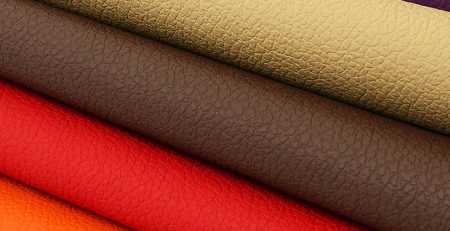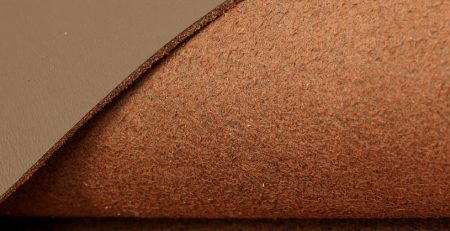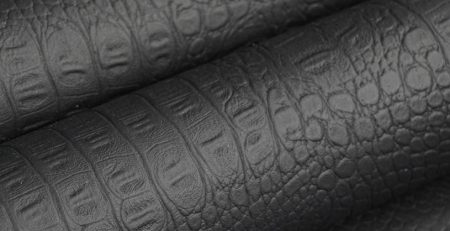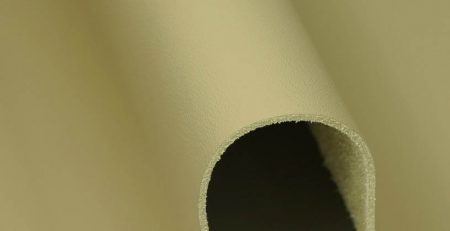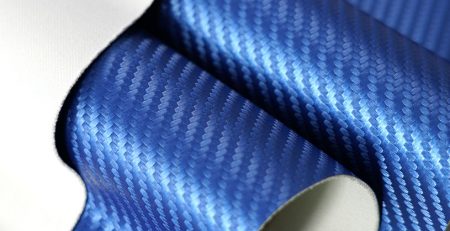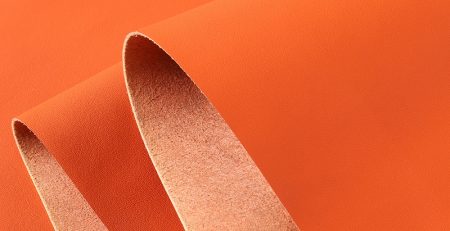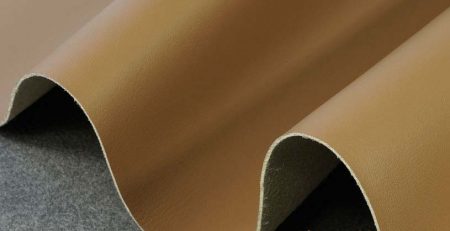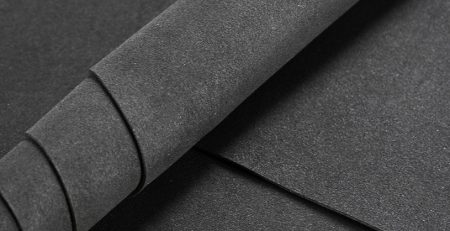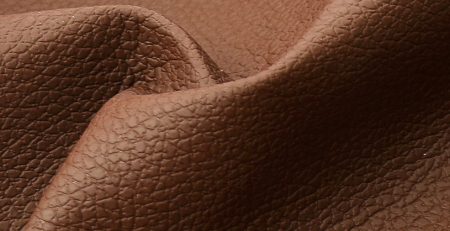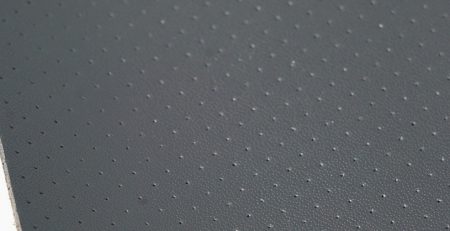How does synthetic leather affect the environment?
Synthetic leather, also known as faux leather, can have a positive impact on the environment when compared to traditional leather. First and foremost, synthetic leather is made without animal hides, which helps to reduce the negative impact of the livestock industry on the environment. It also helps to reduce the amount of waste produced by the industry, as there is no need to dispose of animal hides.
Additionally, synthetic leather can be made from recycled materials, such as plastic bottles, which reduces the amount of waste that ends up in landfills. This also helps to reduce the production of new materials, which can impact both energy usage and carbon emissions.
Furthermore, synthetic leather requires fewer resources to produce and process than traditional leather. This includes less water, energy, and chemicals. Synthetic leather is also typically more durable and requires less maintenance than traditional leather, which can lead to a longer lifespan and less waste over time.
In terms of disposal, synthetic leather can be broken down and recycled, reducing the amount of waste that ends up in landfills or oceans. It also eliminates the need to use harsh chemicals in the tanning process, which can be damaging to the environment.
While there are certainly some drawbacks to synthetic leather, such as the production of microplastics and potentially higher carbon emissions during production, overall it can have a positive impact on the environment when compared to traditional leather. By choosing synthetic leather products, we can reduce our impact on the environment while still enjoying the benefits of a leather-like material.


